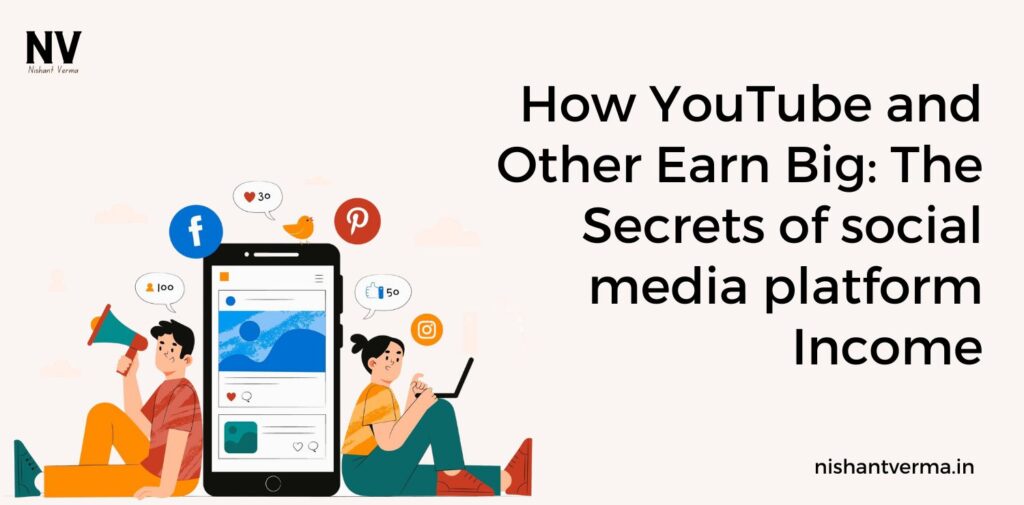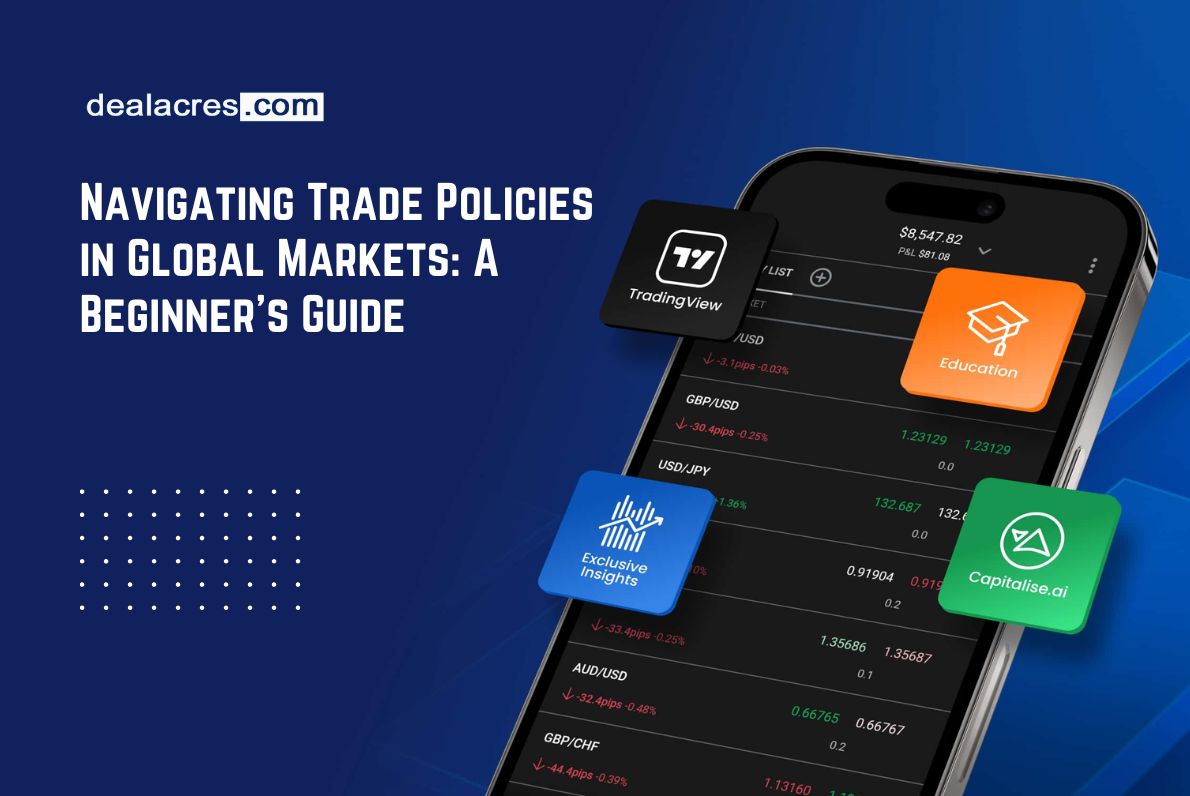In today’s digital age, social media platforms like YouTube, Instagram, Facebook, and TikTok have become more than just places to share videos and photos—they are now multi-billion-dollar businesses. These platforms generate significant income by leveraging their user base, advertising strategies, and other revenue streams. In this article, we’ll take a closer look at how platforms like YouTube and others earn big money, Secrets of social media platform Income even though most of their services seem free to users.
Advertising: The Big Money Maker
Advertising is the primary source of income for social media platforms. Companies pay YouTube and other platforms to show their ads to users who are scrolling through videos, posts, and stories. This is called ad revenue, and it makes up a significant chunk of these platforms’ earnings. Here’s how it works:
- AdSense on YouTube: YouTube partners with Google AdSense to place ads in or around videos. When you watch a video and see ads either before, during, or after the video, that’s part of this system. Advertisers pay YouTube for every view or click on their ads. In return, YouTube shares a portion of this income with the creators of the videos, encouraging them to create more content.
- Sponsored Ads on Instagram and Facebook: Just like YouTube, Instagram and Facebook place ads within your feed or stories. These ads are highly targeted based on your interests and behavior online. Brands pay these platforms to show their ads to users who are more likely to engage with or buy from them.

Targeted Advertising: The Power of Data
One of the reasons social media platforms earn so much from ads is because of how effectively they can target users. Platforms like YouTube, Facebook, and Instagram collect vast amounts of data on their users. This includes everything from the videos you watch to the pages you like and the people you follow. With this data, they can offer advertisers the ability to show ads to very specific audiences.
For example, if a company is selling fitness gear, they can target their ads to people who follow fitness influencers or watch workout videos. This kind of targeting is much more effective than traditional advertising on TV or in magazines, where you’re showing ads to everyone, even those who may not be interested.
YouTube Premium and Subscription Services
Another way YouTube earns money is through YouTube Premium, a paid subscription service. For a monthly fee, users can watch videos without ads, download content for offline viewing, and access YouTube Originals—exclusive content made by YouTube.
Similarly, other platforms like Spotify or Twitch offer paid subscription models that provide extra features or remove ads for a better user experience. While advertising remains the biggest income source, these subscription services add another layer of steady revenue for the platforms.
Influencer Marketing and Brand Collaborations
Social media platforms are not only earning from ads but also from the booming world of influencer marketing. Brands are increasingly turning to influencers—people with large followings on platforms like Instagram, YouTube, and TikTok—to promote their products. While the influencers themselves earn directly from the brands, the platforms also benefit.

Here’s how:
- Platforms encourage influencers to use their services to promote products, which drives more traffic and engagement.
- Brands also often pay platforms directly to boost posts or sponsor influencers’ content, allowing them to reach a wider audience.
For instance, if a clothing brand partners with an Instagram influencer to showcase a new collection, Instagram can profit from both the ad revenue and any promotional boosts the brand might pay for to increase visibility.
Super Chats, Donations, and Fan Subscriptions
Another growing revenue stream, especially on YouTube, is Super Chats and donations. During live streams, viewers can pay to have their comments highlighted or donate to their favorite creators. This not only provides income for the creators but also for the platform itself, as YouTube takes a cut of the earnings.
Similarly, platforms like Twitch (which focuses on live-streaming video games) have built-in systems for fans to subscribe to their favorite streamers or donate money directly. Twitch takes a share of these earnings, providing yet another stream of income.
Selling Data to Third-Party Companies
While it may seem controversial, some social media platforms make money by selling data to third-party companies. This doesn’t mean they’re selling your private information, but rather anonymized data that helps companies understand general user behavior and preferences.
For example, a company might pay Facebook to provide insights into which products are trending or which demographics are most interested in certain types of content. This information helps companies tailor their products and marketing strategies.
Merchandise Sales and E-commerce Integrations
Social media platforms are increasingly getting involved in e-commerce. Instagram and Facebook have introduced shopping features that allow users to buy products directly through the app. This has opened up new ways for these platforms to generate income.
For instance, when you see an Instagram post showcasing a product, you can now often click on the item and purchase it without even leaving the app. Instagram takes a commission on these sales, adding to their revenue. Similarly, YouTube has partnered with merch companies, allowing creators to sell their branded products directly from their YouTube pages.

Video on Demand (VOD) and Original Content
Social media platforms like YouTube and Facebook are investing in original content and video on demand (VOD) services, similar to what Netflix and Amazon Prime do. By producing exclusive shows or series, they attract more users and also entice advertisers to pay premium rates for ad spots during these shows.
YouTube Originals, for example, includes exclusive series and movies that can only be watched by subscribers of YouTube Premium. These efforts to create high-quality, exclusive content help platforms draw in larger audiences and increase their value to advertisers.
The Global Reach: Why Bigger Platforms Earn More
One of the reasons platforms like YouTube, Instagram, and TikTok earn so much money is simply due to their global reach. These platforms have billions of users worldwide, and this sheer number gives them the ability to reach almost every market imaginable. More users mean more views, more clicks, and more ad revenue.
For example, YouTube has over 2 billion monthly active users, watching over a billion hours of video each day. With that kind of traffic, even a small percentage of users clicking on ads can generate massive amounts of income for the platform.
Conclusion: Secrets of social media platform Income
YouTube and other social media platforms earn big income primarily through advertising, but that’s not their only source of revenue. From targeted ads and subscription services to influencer marketing and e-commerce, these platforms have diversified their income streams in clever ways. By constantly finding new ways to monetize their content and user base, they have built themselves into some of the most profitable companies in the world.
As these platforms continue to evolve, we can expect even more innovative ways for them to generate income. But for now, advertising remains the king, and as long as billions of people keep watching videos, scrolling through feeds, and sharing posts, the big money will keep rolling in.




